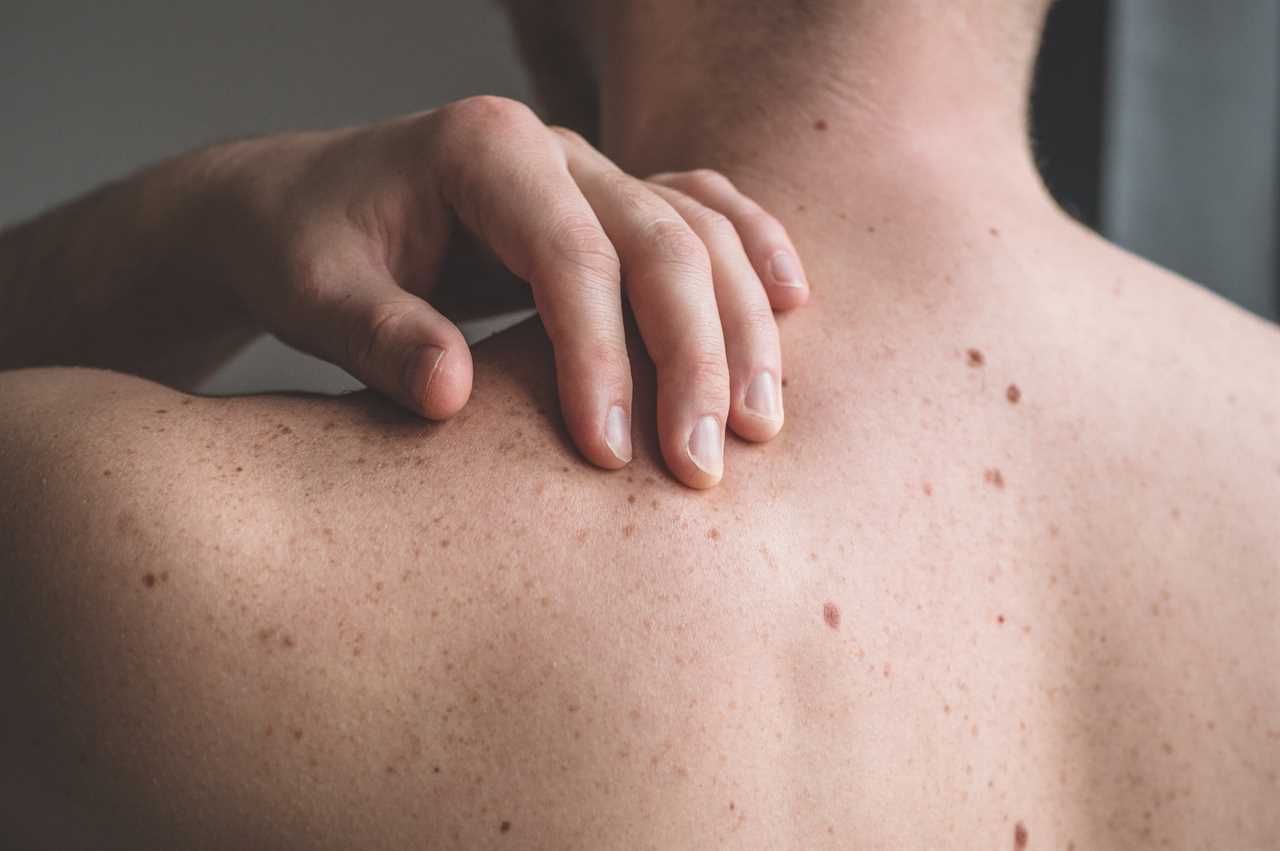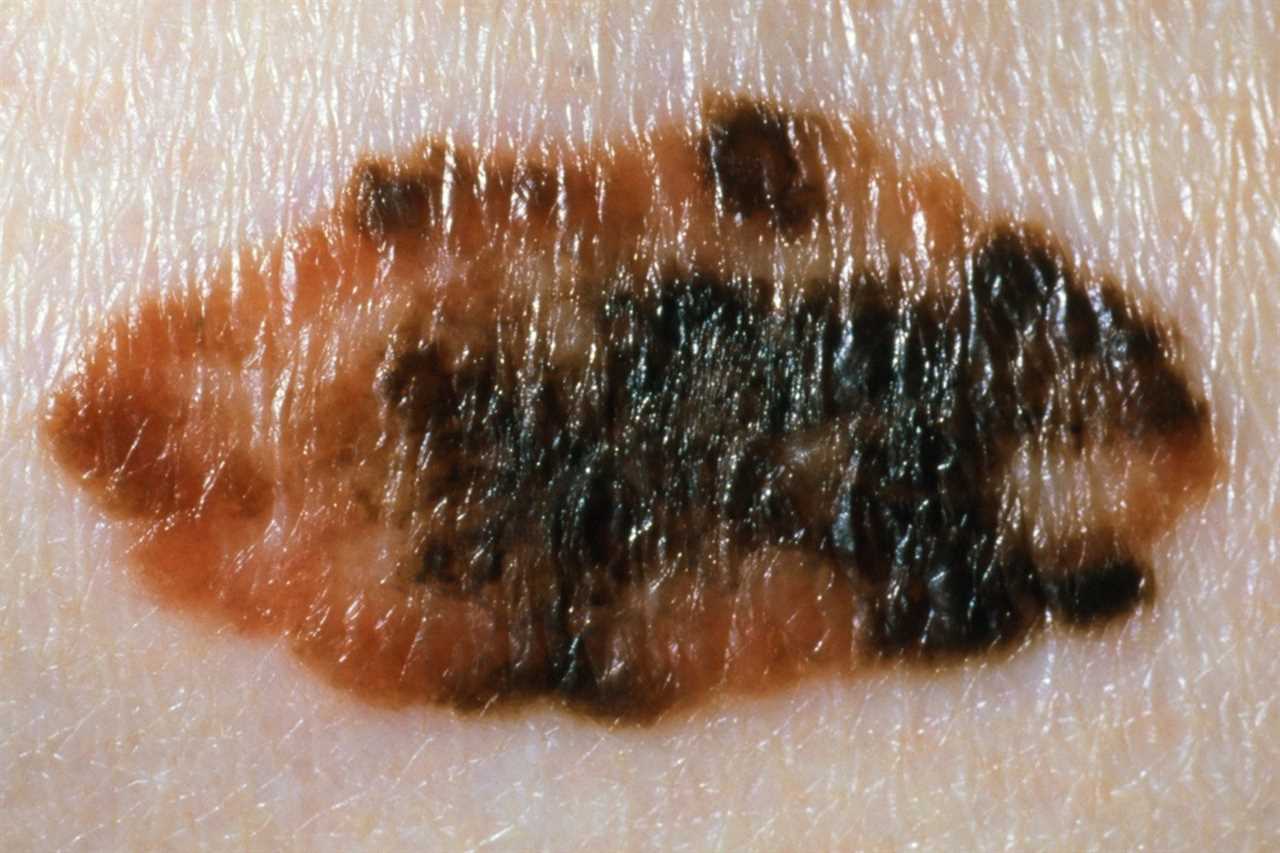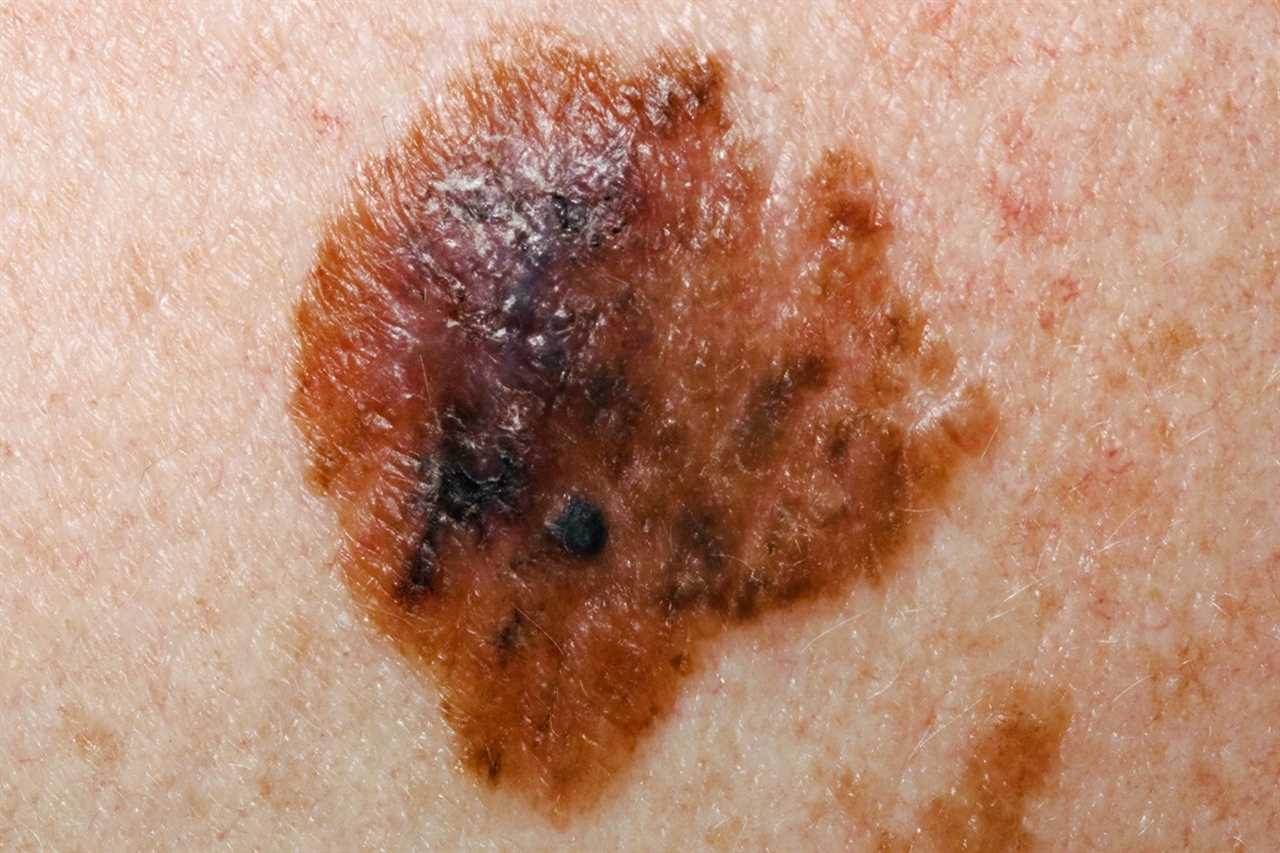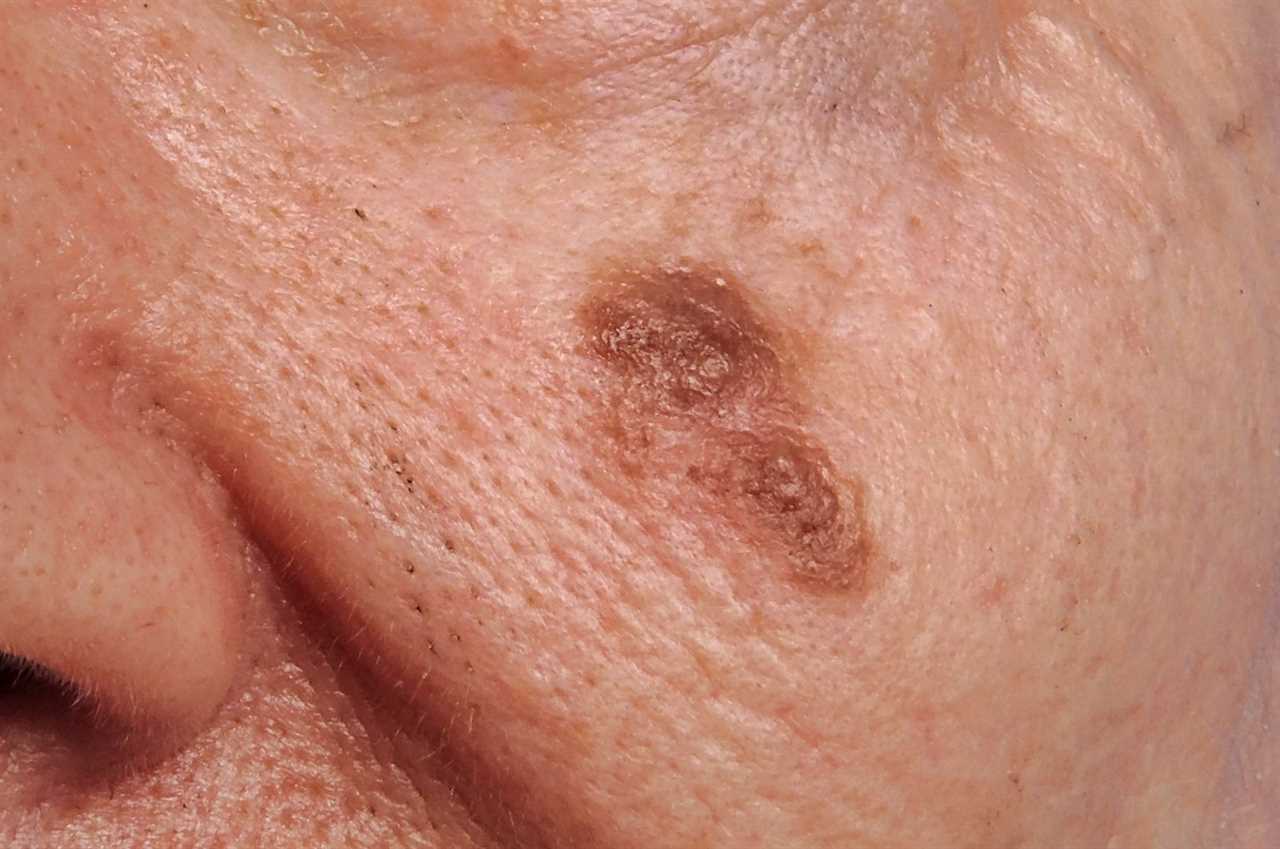A NEW mole or a change in an existing one could be a sign of skin cancer.
But it can be difficult to know exactly what to look out for as many marks on the skin are completely harmless.

Mole changes could be a sign of skin cancer, a GP has warned
Here, a GP describes exactly what is cause for concern when it comes to melanoma – cancerous moles often caused by too much sun exposure – so you can catch the deadly disease early and give yourself the best chance of survival.
Dr Dominic Greenyer, from The Health Suite, said: “Melanoma is a type of skin cancer that is caused by UV light.
“Spending prolonged periods of time in the sun or using sunbeds regularly can increase your chances of this cancer developing.
“If left untreated, melanoma can spread to other areas of the body and can be extremely dangerous.
“There are a few changes in moles to look out for which can allow you to detect the signs of melanoma early and seek treatment.”
Colour

Melanomas can be a combination of more than one or two colours
The first thing to look out for is any alterations in the colour of your moles.
Dr Greenyear said: “Normal moles can range in colour but are usually the same solid colour.
“Whereas melanomas can be a combination of more than one or two – such as brown mixed with a black, red, pink, white or blue tint.
“For people with red hair and fair skin, it is possible for the melanoma to only be red or pink with no brown – known as amelanotic melanoma.”
Shape

Melanomas are often an uneven shape
If a mole has changed in shape, then this is also something to consider speaking to your doctor about, the GP said.
“Most melanomas are likely to be uneven or irregular in shape,” he added.
“Whereas ordinary moles are usually more even and both halves look mostly the same.
“The borders of a melanoma tend to be uneven, irregular or jagged – differing from normal moles which are uniform and round.”
Size

Normal moles are usually small, whereas melanomas tend to be bigger
The Health Suite also recommends paying attention to the size of any moles and monitoring whether they are growing wider.
Melanomas tend to be significantly bigger than normal moles – 6mm versus the size of the flat end of a pencil or smaller.
Other things to keep an eye on include moles that are:
- Swollen or sore
- Inflamed
- Bleeding
- Itchy
- Crusty
The best way to reduce your chances of developing a worrying mole is to stay safe in the sun, according to Dr Greenyer.
He said: “Ultimately, taking precautionary measures to prevent melanoma is the best cause of action as you are proactively eliminating the risks.
“If you are spending time outside this summer, stay in the shade between 11am and 3pm as this is when the sun’s radiation is at its strongest.
“Sunbeds provide excessive exposure to artificial UV light so try to avoid using them too.
“The risk of melanoma is particularly high with people who start using sunbeds at a young age.
“If you do have to be in the sun, wear a sunscreen that is factor 15 or higher and a hat which shades your face, head, ears and neck.
“To protect your eyes, wear sunglasses that block UVA and UVB rays.”
The NHS states there is no safe or healthy way to get a tan, and great care should be taken when in the sun.
This includes spending time in the shade when the sun is strongest and covering up with suitable clothing.
Using sun cream with an SPF of at least 30 is also vital to protect against UVB, and your product of choice should also have a UVA star rating of four or above.
UV exposure is the main preventable cause of skin cancer – the most common form of the disease in the UK.
At least 100,000 new cases are diagnosed each year, and the disease kills more than 2,500 annually.
Experiencing severe sunburn, particularly in childhood, increases the risk of developing it in later life.






